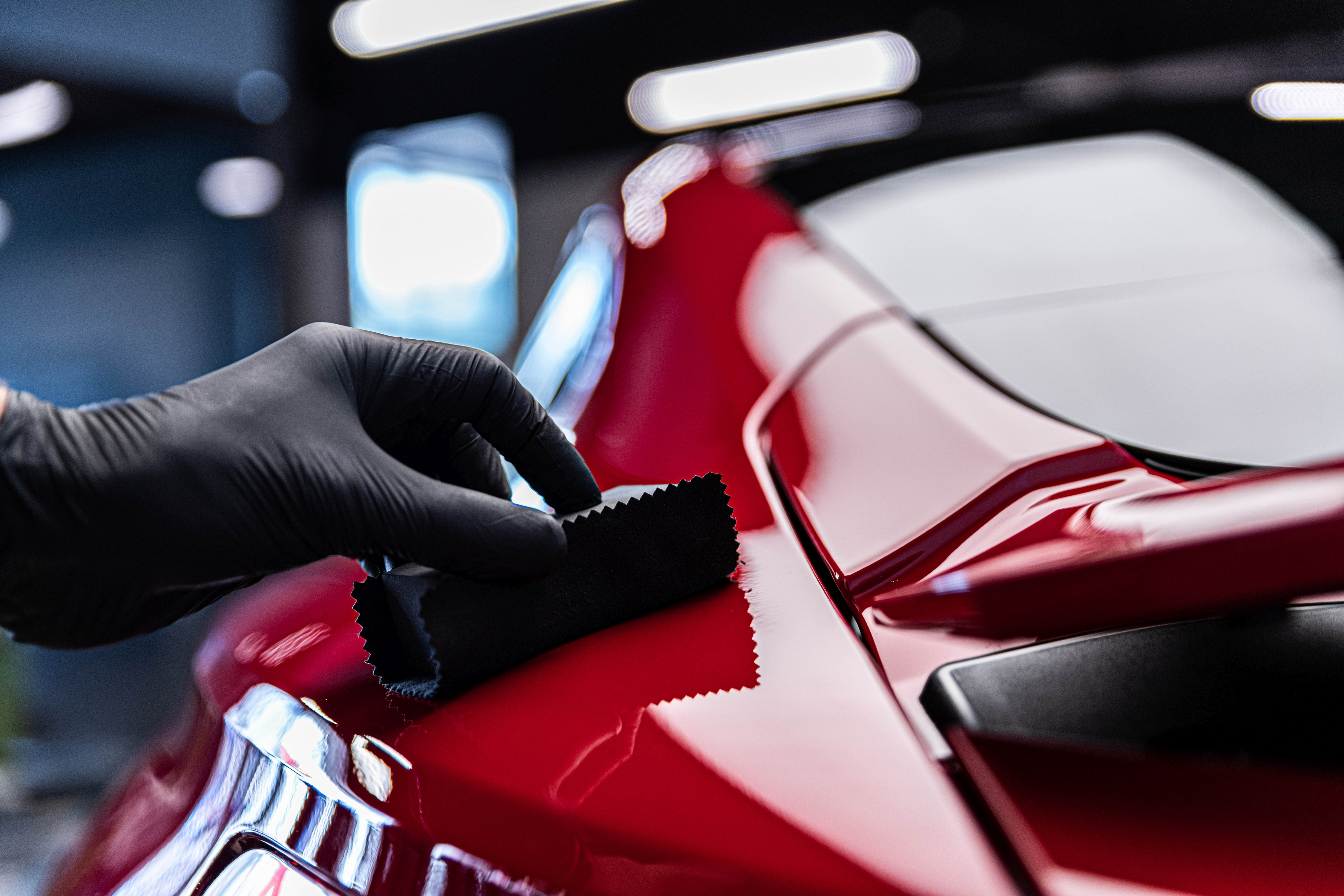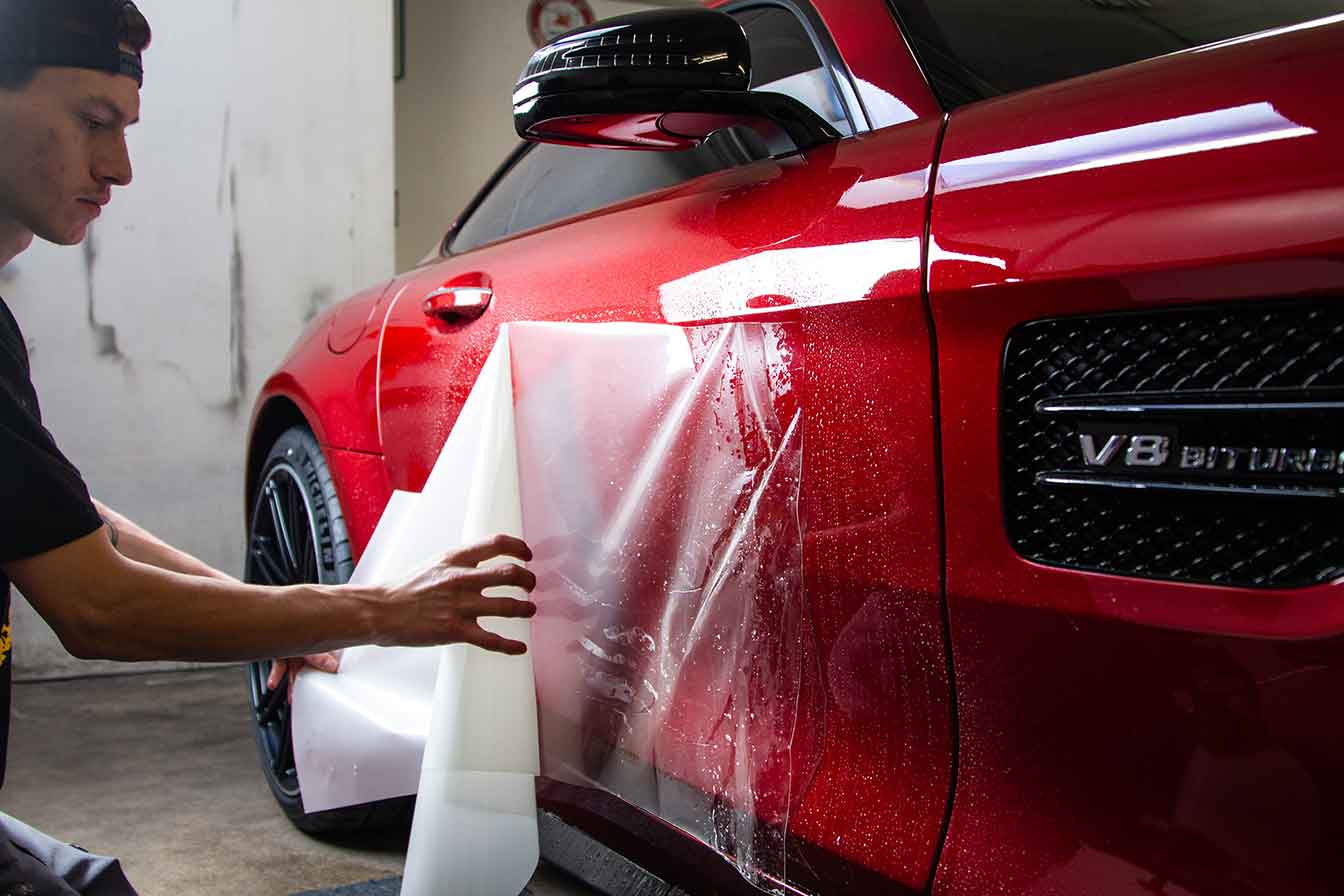Cost-Effective Ceramic Coating Philadelphia Solutions for Elegant Surfaces
Why Ceramic Coating Is the Ultimate Option for a Remarkable Complete
Ceramic finish has actually emerged as a leading service for those seeking a flawless coating for their lorries, many thanks to its remarkable resilience and protective attributes. What factors really established ceramic layer apart?
What Is Ceramic Finishing?

When applied properly, ceramic finish develops a hydrophobic surface that drives away water and dirt, making it much easier to cleanse and preserve. Unlike traditional waxes or sealers, which commonly provide short-term protection, ceramic finishings can last for numerous years, relying on the item high quality and application approach. The process of using ceramic covering calls for thorough preparation, including comprehensive cleaning and often repaint correction, to make certain ideal bonding and performance.
Ceramic coverings are not limited to vehicle surfaces; they can likewise be utilized on various products, consisting of glass, metal, and plastics, giving a functional option for improving security. In general, ceramic coating represents a significant innovation in surface protection innovation, incorporating both aesthetic and functional advantages for a large array of applications.
Advantages of Ceramic Coating
While many surface protection options exist, the benefits of ceramic coating attract attention as a result of its distinct buildings and long-lasting efficiency. Among the key advantages is its phenomenal toughness. Ceramic Coating Philadelphia. Unlike conventional wax or sealers that need frequent reapplication, ceramic coverings give a resilient layer that can last for numerous years, substantially decreasing upkeep efforts
An additional noteworthy advantage is improved protection against ecological impurities. Ceramic coatings produce a hydrophobic surface area that wards off water, dirt, and various contaminants, making it easier to clean. This feature not just preserves the automobile's look but additionally minimizes the danger of rust and oxidation, particularly in rough climate condition.
In addition, ceramic coatings supply exceptional resistance to UV rays, protecting against fading and destruction of paint gradually. This UV protection is vital for keeping the aesthetic worth of lorries and surfaces exposed to route sunshine.
Furthermore, the glossy finish attained with ceramic covering enhances the general visual appeal, giving surfaces a showroom-quality sparkle. Overall, ceramic finishings represent a substantial improvement in surface area defense innovation, offering long-lasting advantages that cater to both practical and aesthetic needs.
How It Works
Understanding the science behind ceramic finishings discloses exactly how they supply such amazing security and longevity. At its core, a ceramic covering is a liquid polymer that chemically bonds with the vehicle's manufacturing facility paint. This bonding creates a safety layer that is both hydrophobic and oleophobic, repelling water, dust, and oil. The key component of a lot of ceramic finishings is silicon dioxide (SiO2), which is stemmed from quartz. This compound adds to the covering's solidity and resistance to scratches, UV rays, and environmental impurities.
The application procedure includes numerous steps, including surface area preparation, which is vital to accomplishing optimal attachment. Once used, the finishing undergoes a curing process, during which it solidifies and creates a semi-permanent bond with the paint surface area. This bond is what differentiates ceramic layers from traditional waxes and sealers, supplying a longer-lasting safety obstacle that can sustain for many years.
In addition, the density of the finishing can boost its protective high qualities, ensuring that it can endure rough conditions. Inevitably, the scientific research of ceramic finishes incorporates advanced materials with ingenious application strategies to supply an unmatched degree of defense and aesthetic enhancement for lorries.
Contrast With Traditional Approaches
When contrasted to traditional paint defense approaches such as sealers and waxes,The advantages of ceramic layers become particularly apparent. While waxes provide a short-term sparkle, typically lasting a few weeks to a number of months, ceramic layers supply a durable safety layer that can withstand for numerous years. This longevity significantly lowers the frequency of reapplication, making ceramic coverings a much more affordable remedy gradually.
Additionally, conventional methods typically require extensive prep work and numerous applications to accomplish an acceptable degree of security. On the other hand, ceramic layers bond at a molecular level with the car's surface, producing a durable guard against ecological pollutants like UV rays, acid rainfall, and road salts. This bond boosts the car's resistance to scrapes and swirl marks, which are prevalent with standard waxes and sealers.
Additionally, the hydrophobic residential or commercial properties of ceramic layers push back water and dirt, causing much easier cleaning and maintenance. On the other hand, wax and sealant-treated surface areas can draw in grime, requiring more constant washing - Ceramic Coating Philadelphia. On the whole, ceramic finishes not just offer superior defense however additionally deliver a much more enduring and aesthetically attractive finish, establishing them as the favored selection for critical vehicle owners
Application and Maintenance Tips

Making use of a foam applicator, use the finish in this website small sections, following the supplier's guidelines pertaining to thickness and overlap. Allow sufficient treating time between layers, commonly 24-hour, to ensure correct bonding. After application, it is crucial to prevent exposure to water or rough components for at least a week to permit the finishing to fully treat.
Additionally, utilizing a ceramic upkeep spray can boost the finishing's hydrophobic view residential or commercial properties and longevity. Regular evaluations for any kind of signs of wear will certainly aid preserve the coating's stability and preserve that excellent finish.
Final Thought
In conclusion, ceramic finish emerges as a superior choice for accomplishing a perfect vehicle surface. Its exceptional sturdiness, protective qualities, and hydrophobic buildings dramatically boost the automobile's look while streamlining upkeep initiatives. By forming a robust bond with manufacturing facility paint, ceramic finish properly shields versus scratches, UV rays, and ecological impurities. With a lifespan prolonging several years, this sophisticated solution not only preserves however additionally elevates the overall visual appeal of vehicles, making it an affordable financial investment for vehicle fanatics.
